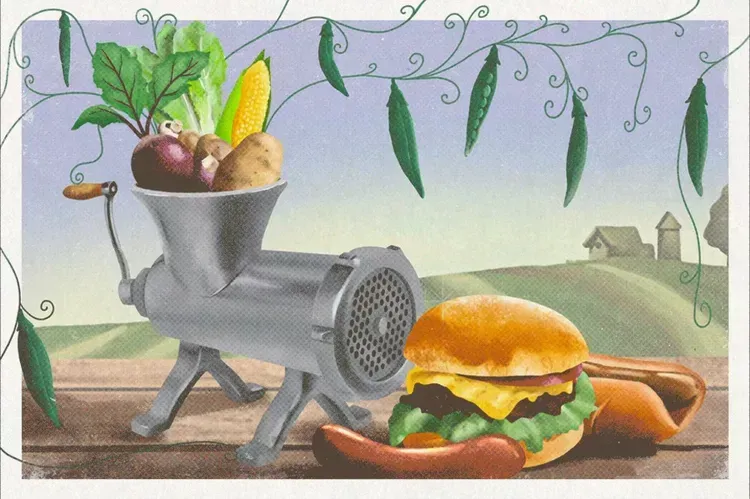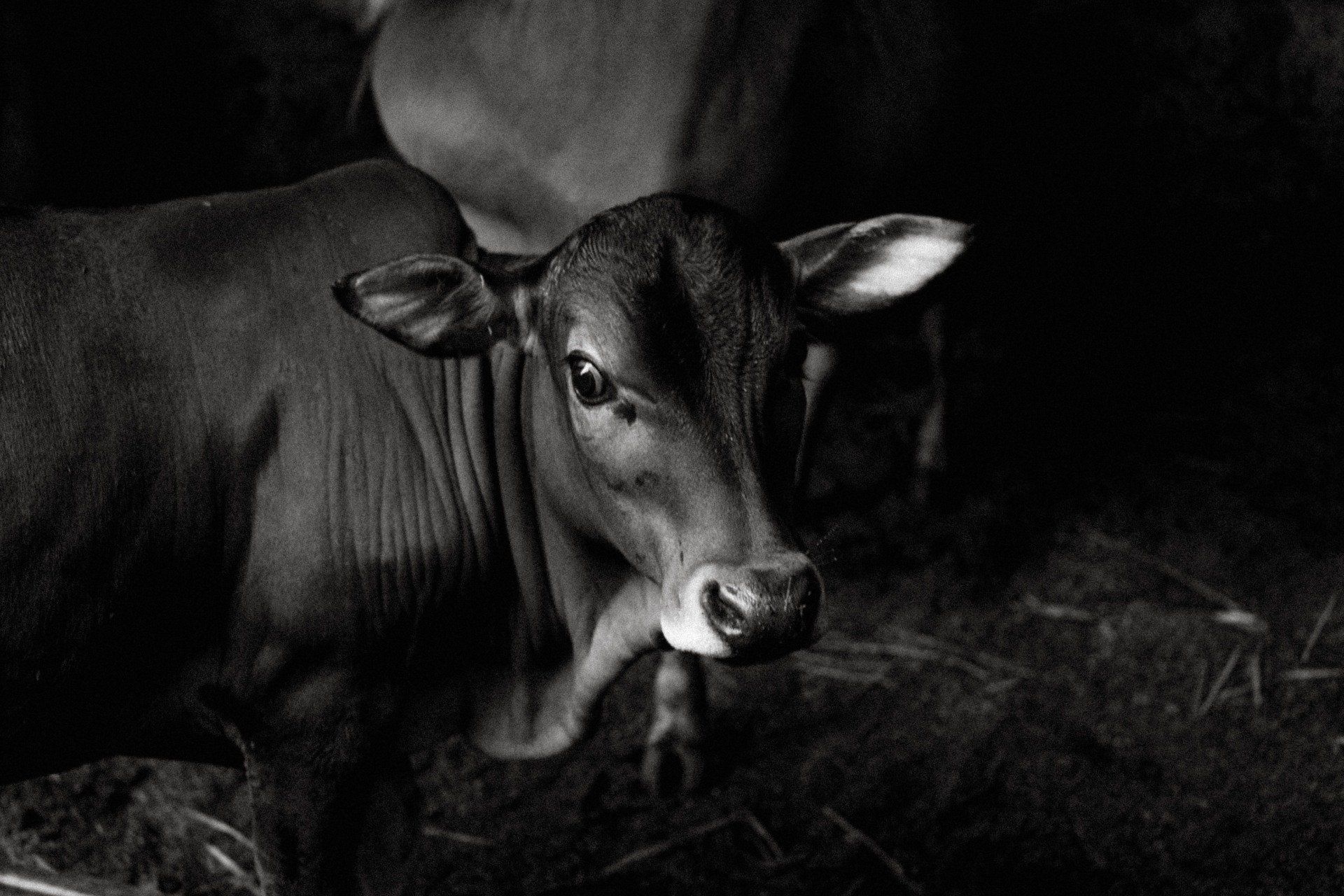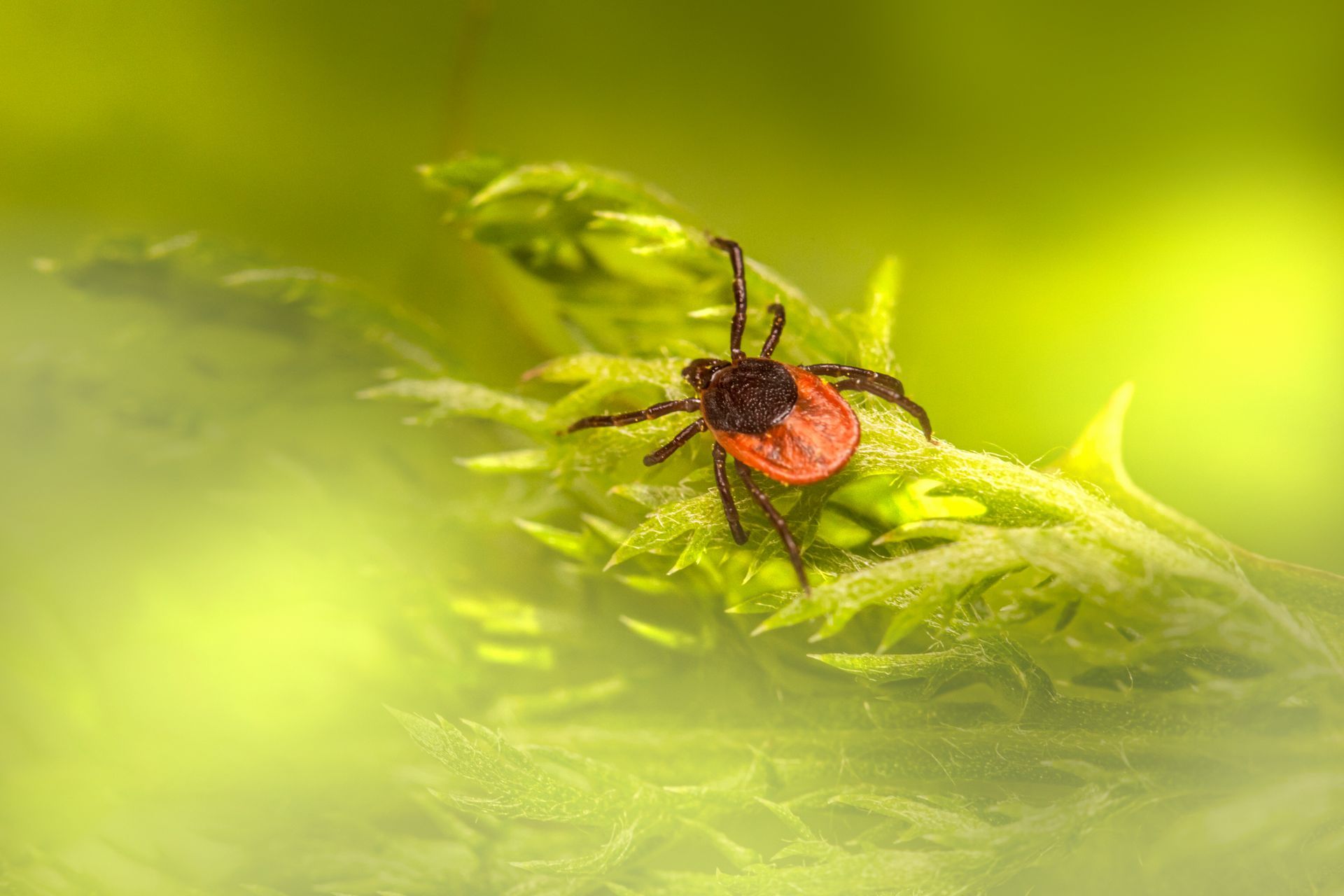Gerber & Sons, Inc. Expand Goat Feed Selections
Bob White Line of Goat Feed has widened their varieties.
This is where it started in the United States according to Google. This goat thing.....
In 1493, Columbus brought goats to America. In the 1590's the settlers brought Swiss breeds along with Spanish and Austrian goats. A 1630 census of Jamestown lists goats as one of the most valuable assets. Can you imagine traveling on a ship with goats?
Today, goats numbers have grown in alarming rates. It seems like you see more goats than cattle when driving the country side. The areas that people set up for their goats are just pretty amazing too. They look more like a play yard for children instead of a goat pasture. But the hours that you could put in just watching these amazing creatures. How could something that Christopher Columbus brought over in 1493 be such a big market today.
Several years ago, most farms that had goats had them for weed control. It was nothing to see a goat tied to a cement block with a large container of water in the vicinity. My goodness the times have changed.
The fact of the matter is that farming meat goats can be and is very profitable. In fact, meat goats are far more profitable than either sheep or cattle. Remembering that goats can be worth up to $20 per pound on average, whereas cattle goes for much less. The consumption rate of feed is much less.
Raising goats for 4-H projects has turned into a very competitive project and has become more and more popular. There is a lot of responsibility to raising a 4-H goat. How and what to feed, how to care for the goats, name body parts, have an adequate space for your goat, and knowing things that can make your goat sick to name a few.
We have made some welcome updates and changes to our goat feed line:
-18% Performance Plus Goat Pellet w/Rumensin: 7182102
- Complete pellet with the show goat in mind, added Amaferm to help with gut health, feed efficiency and overall health and immunity of the animal.
- 18% Show Goat Feed (no Medication): 7179104 (500# special order)
- Same feed just updated formula code.
- 18% Performance Plus Show Goat Tex w/Rumensin: 7176101
- Updated and revised formulation of our Show Goat
- Steam Rolled Grains (Corn, Oats, and Barley) with Amaferm added.
If you have any questions contact Derek Booth or Russ Sprague, they will be glad to answer any of your questions at 330-897-6011.
You might also like
Jaynie Norman


